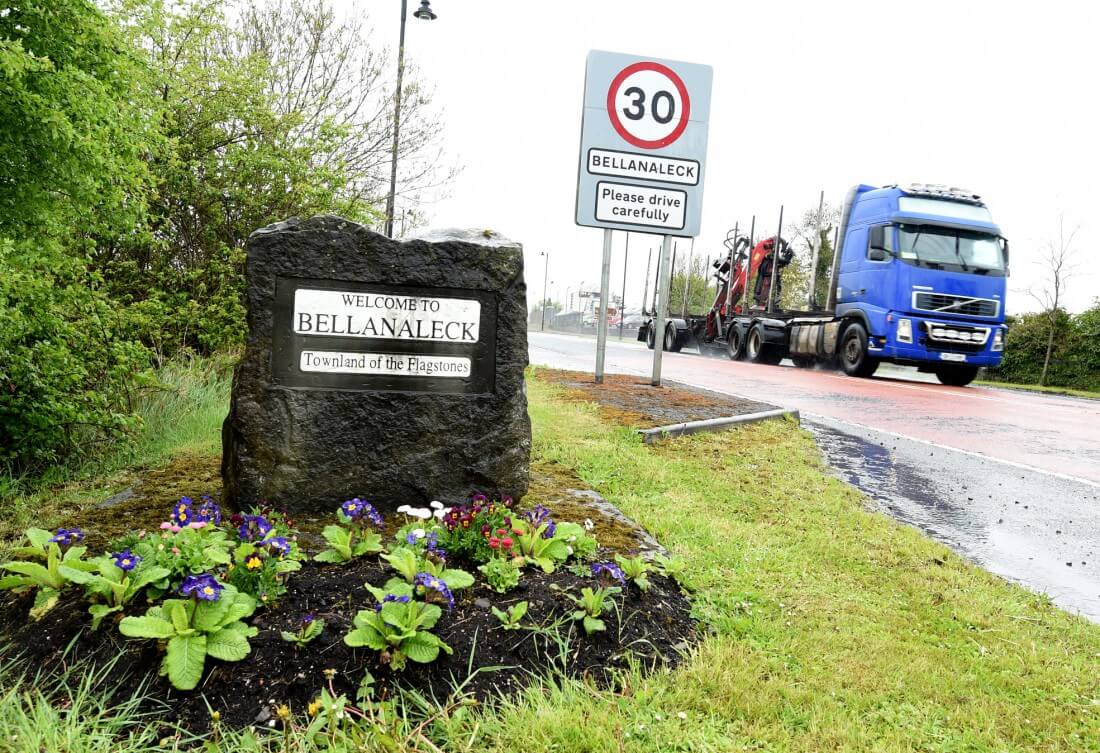THE BORDER was only ever meant to be temporary, and the only reason Fermanagh was placed north of it was over fears of potential unionist violence.
With so much focus currently on the post-Brexit future of the border, history lecturer Dr Conor Mulvagh has been looking back in at its origins.
Writing in the Irish Times last week, Dr Mulvagh outlined how plans for boundary in Ulster had begun as early as 1914. While legally established in 1920, it was only as an exclusion zone between two parts of the UK in line for devolution. It became an international border when the Anglo-Irish Treaty was ratified in 1922.
Three Irish civil servants were asked in 1914 to draw up where this initial boundary should be, WF Bailey, Sir Henry Augustus Robinson, and Sir James B Dougherty. Fermanagh proved problematic for all three men in drawing up their proposals. Bailey’s plan relied on physical geography, and he proposed cutting the county in two by drawing a line straight up through the middle of the Erne. Bailey also proposed including the entire parliamentary division of North Monaghan north of the border.
Robinson’s proposal, focusing on local government boundaries, proposed Fermanagh be part of the exclusion zone, despite its Catholic majority. Robinson had stated “there has been more money spent on armament and drilling here than in any other part of the country and these Enniskillen and Lisnaskea farmers are the most blood-thirsty set of ruffians I know.”
Dougherty’s proposal was the one adopted, eventually becoming the border we know today, and focused on counties. The question was should four or six counties form the exclusion zone, or should Fermanagh and Tyrone be in the South. Dougherty eventually settled on six, stating it was “difficult to see how the Ulster Covenanters in the four included counties can abandon their brethren in Tyrone and Fermanagh.”
“The stark reality of the Irish border is that it was never intended to be an international boundary. What began as an idea for a temporary demarcation line between two devolved United Kingdom parliaments evolved into something much more significant,” he said.
“It has seen customs posts, cratering, spiking, checkpoints, and militarisation over its lifetime. The Irish border has never been ‘softer’ than it is at the present moment. Equally, there had never been such uncertainty over what the futures holds in its chequered history.”
To read more.. Subscribe to current edition
Receive quality journalism wherever you are, on any device. Keep up to date from the comfort of your own home with a digital subscription.
Any time | Any place | Anywhere









